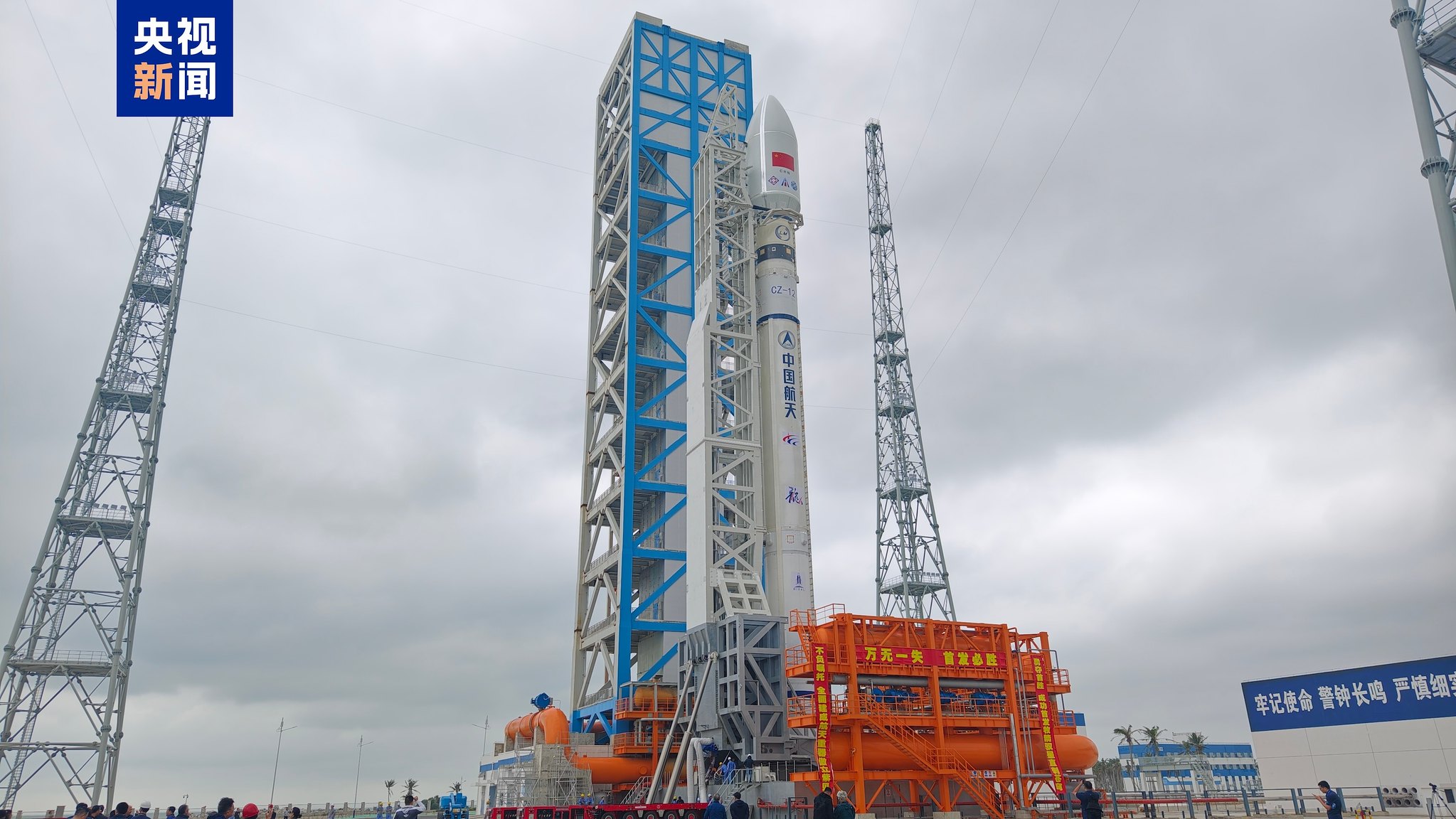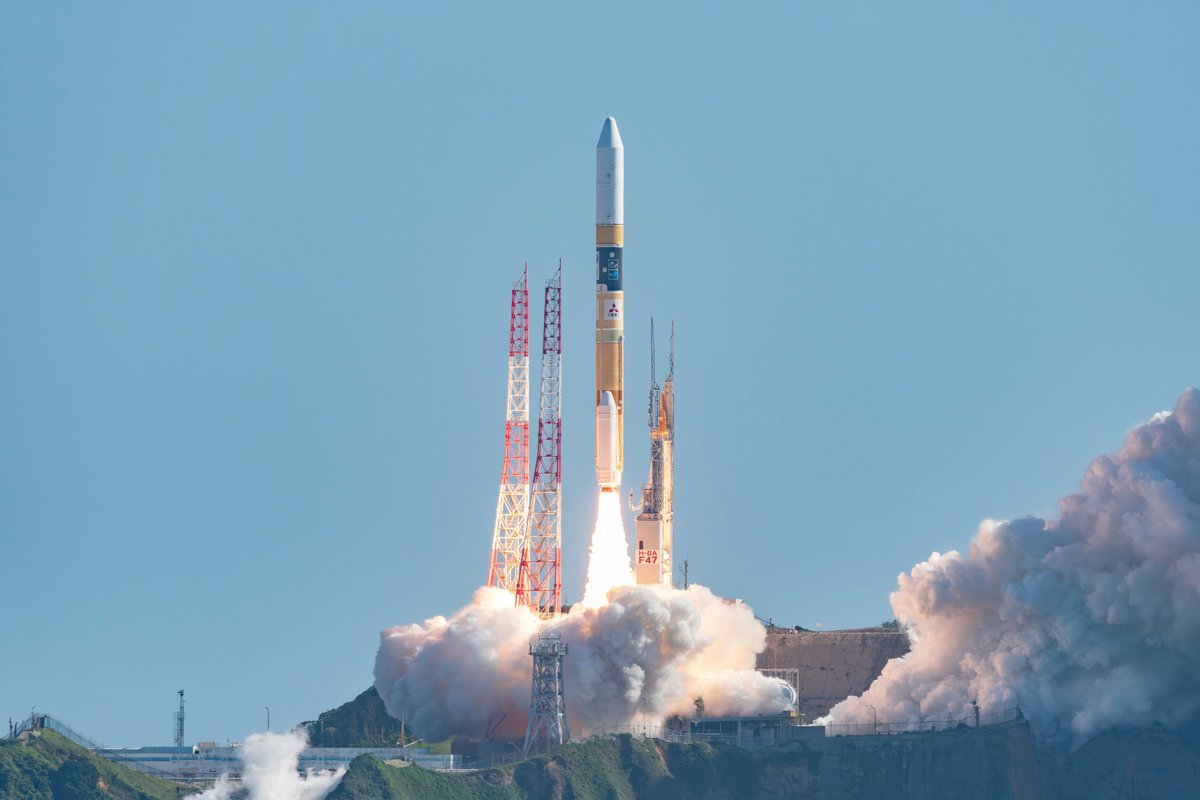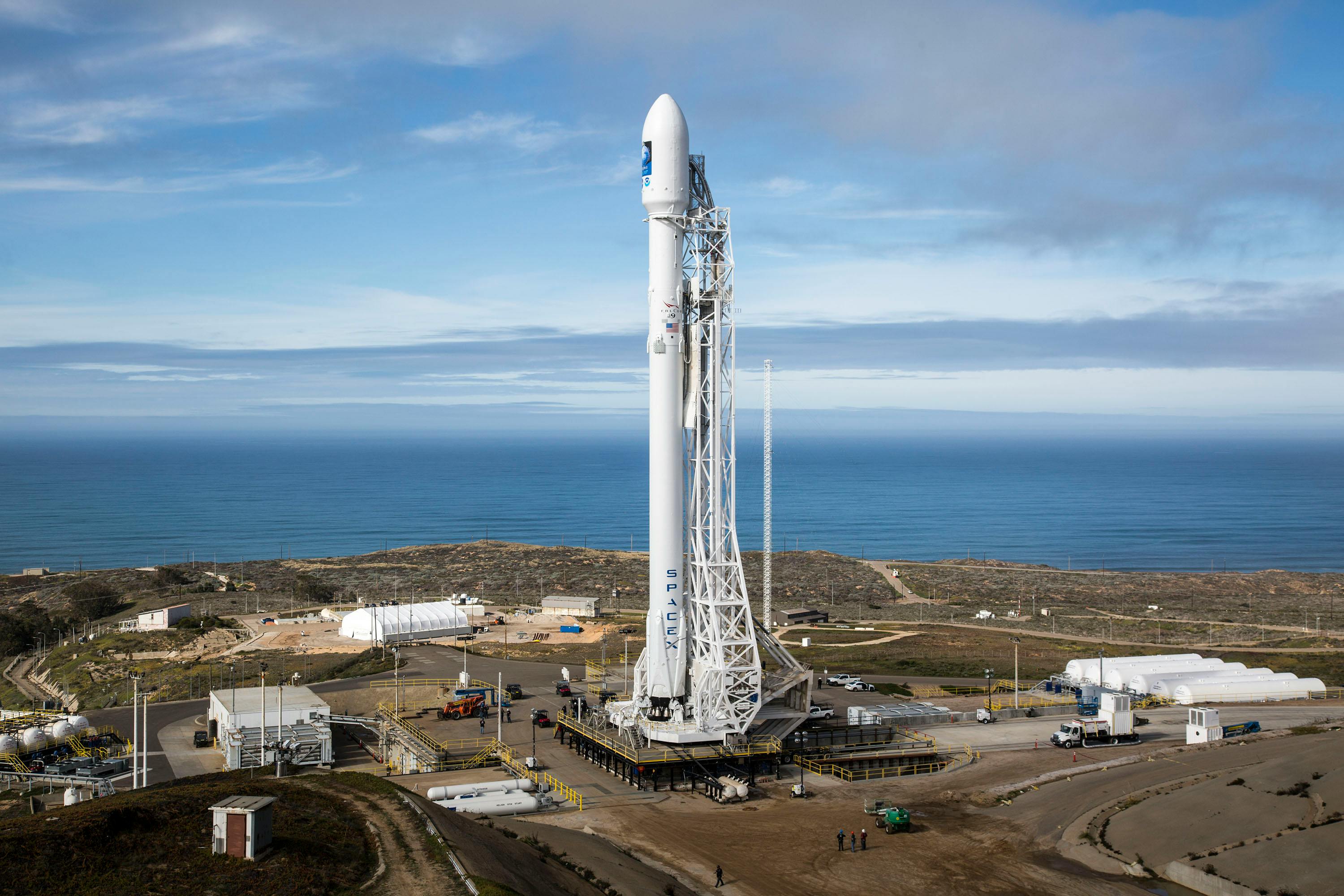· space brief · 5 min read
Space Brief 24 Jun 2025
Today's top space events include a new military satellite launch by York Space, advancements in phased array antennas by Space Force, and the debut of Denmark's Arctic satellite. Also covered are developments in Starlink's services in Vietnam.

📄Top Stories
York Space successfully launched a U.S. military satellite on a SpaceX rideshare mission, marking a significant step in fulfilling their contract with the Space Development Agency. Space Force is pushing forward with the integration of phased array antennas, essential for the Satellite Control Network’s future readiness. Additionally, Denmark has launched its first Arctic satellite through Space Inventor, setting a new milestone in Arctic surveillance capability.
📰Detailed Coverage
York Space’s Military Launch on SpaceX Rideshare
York Space has launched its first of 12 planned satellites under a contract with the U.S. Space Development Agency. This satellite, part of the Dragoon constellation, was successfully placed into orbit using a SpaceX rideshare mission, demonstrating a cost-effective deployment strategy for defense technology.
The mission underscores a growing trend in military space operations to utilize commercial launch services, optimizing costs and resources. Our web app provides detailed tracking of this satellite’s orbit, crucial for defense contractors and enthusiasts monitoring U.S. military assets in space.
Read the full story: SpaceNews
Space Force Advances Phased Array Antenna Integration
The U.S. Space Force is accelerating the integration of phased array antennas, a critical move as the satellite network expands its capacity to accommodate new missions and systems. Dubbed the “SCARS” initiative, this effort aims to ensure robust communications across a more complex space environment.
Phased array technology will modernize the Satellite Control Network, enhancing responsiveness and adaptability in handling various satellite communications. This development is a key focus for anyone interested in the evolution of space-based military operations.
Read the full story: Breaking Defense
Denmark Launches First Arctic Satellite
Space Inventor, a Danish company, has successfully launched Denmark’s first Arctic satellite, named BIFROST. This satellite is designed for surveillance and environmental monitoring in the Arctic, marking a significant advancement in international capabilities for polar data collection.
This launch is a testament to increasing global interest in the Arctic for both scientific and strategic reasons. Satellites like BIFROST are pivotal for tracking climatic changes and potentially supporting regional security measures.
Read the full story: SpaceNews
Starlink Expands Services with T-Mobile Integration
From October 2025, Starlink, in partnership with T-Mobile, will extend its coverage to include third-party app support in dead zones. This initiative will allow popular applications such as WhatsApp and AccuWeather to function in areas previously lacking service.
This expansion highlights Starlink’s ongoing efforts to bridge connectivity gaps globally, with potential implications for satellite tracking apps that rely on continuous internet access.
Read the full story: TESLARATI
Starlink’s Services in Vietnam Boost Healthcare Connectivity
Starlink is focusing on delivering stable internet to Vietnam’s remote clinics, supporting telehealth services. This initiative aims to improve healthcare accessibility by enabling high-speed data sharing between clinics and urban medical centers.
By enhancing internet infrastructure in remote areas, Starlink plays a crucial role in the development of modern healthcare systems, especially in places with challenging connectivity issues.
Read the full story: TESLARATI
🛰️Satellite Spotlight
- Satellite Name: COSMOS 592
- NORAD ID: 06849
- Launch Date: October 2, 1973
- Mission: Military Communication
- Orbit: Low Earth Orbit (LEO)
- Operator: GUKOSR
- Fun Fact: COSMOS 592 was part of the Strela-1 series, designed primarily for military communication, showcasing the Soviet Union’s advancements in satellite technology during the Cold War era.
Track this satellite in real-time on our web app: Track COSMOS 592
🌌Space Weather
Space weather conditions are currently quiet.
Current
R0 - S0 - G0
Last 24 Hour Maximums
R0 - S0 - G0
Recent Alerts
- Geomagnetic Storm Watch: A G2 (Moderate) geomagnetic storm is predicted for June 25, with minor impacts possible on June 26.
- Electron Flux Alert: High levels of 2MeV electron flux detected, resulting in potential charging hazards for satellite systems.
Next 24 Hours
-
Radio Blackouts Probability
- Minor: 35
- Major: 10
- Risk: None
-
Solar Radiation
- Probability: 10
- Risk: None
-
Geomagnetic Storming
- Scale: 0
- Impact: none
- Activity: Low
-
Impact Summary
- No risk of radio blackouts or solar radiation storms in the next 24 hours.
- G1-G2 (Minor-Moderate) geomagnetic storming likely on June 25-26 due to recurrent coronal hole high speed stream effects.
- Slight chance for S1 (Minor) solar radiation storms from June 24-26.
- Possibility of R1-R2 (Minor-Moderate) radio blackouts and a slight chance for X-class flares (R3-Strong) through June 26.
Long Term Forecast
- Forecast of Solar and Geomagnetic Activity: Expected to range from low to moderate levels from June 23 - July 19, 2025.
- Chance for R1-R2 (Minor-Moderate) radio blackouts, with slight chances for R3 (Strong) or greater through July 18.
- No proton events anticipated at geosynchronous orbit.
- 2 MeV electron flux likely to reach high levels on June 26-28, with normal to moderate levels expected otherwise.
- Geomagnetic activity expected to reach G1 (Minor) storm levels on June 25-26, with active levels on several dates throughout July due to recurrent coronal hole high speed stream influences.
- Quiet to unsettled conditions are expected during most of the remaining period.
🚀Upcoming Space Launches
June 25
- SpaceX Falcon 9:
- Axiom Space Mission 4 from Kennedy Space Center (06:31 UTC) This is a Crew Dragon flight for Axiom Space, carrying a professionally trained commander and three private astronauts to the International Space Station for a stay of at least eight days.
- SpaceX Falcon 9:
- Starlink Group 10-16 from Cape Canaveral Space Force Station (Time TBD) A batch of satellites for the Starlink mega-constellation, SpaceX’s space-based Internet communication system.
June 28
- SpaceX Falcon 9:
- Starlink Group 10-34 from Cape Canaveral Space Force Station (Time TBD) Another batch of satellites for the Starlink project.
- Japan Aerospace Exploration Agency H-IIA 202:
- GOSAT-GW from Tanegashima Space Center, Japan (16:33 UTC) This mission observes greenhouse gases and water cycles to advance methods predicting climate change and contribute to preventing global warming-related disasters.
- SpaceX Falcon 9:
- Starlink Group 15-7 from Vandenberg Space Force Base, California (Time TBD) Launching more satellites for the Starlink mega-constellation.
June 29
- Blue Origin New Shepard:
- NS-33 from Corn Ranch, Van Horn, TX, USA (Time TBD) The 13th crewed flight for the New Shepard program.
June 30
- Rocket Lab Electron:
- Symphony In The Stars from Rocket Lab Launch Complex 1, Mahia Peninsula, New Zealand (Time TBD) Deploying a single spacecraft to a 650km circular Earth orbit for a confidential commercial customer.
- China Aerospace Science and Technology Corporation Long March 12:
- SatNet LEO Group TBD from Wenchang Space Launch Site, People’s Republic of China (Time TBD) Launching communication satellites for the SatNet constellation aiming for a total of 13,000 satellites.
Note: Launch dates and times are subject to change due to technical or weather considerations.

Maurice Stellarski




